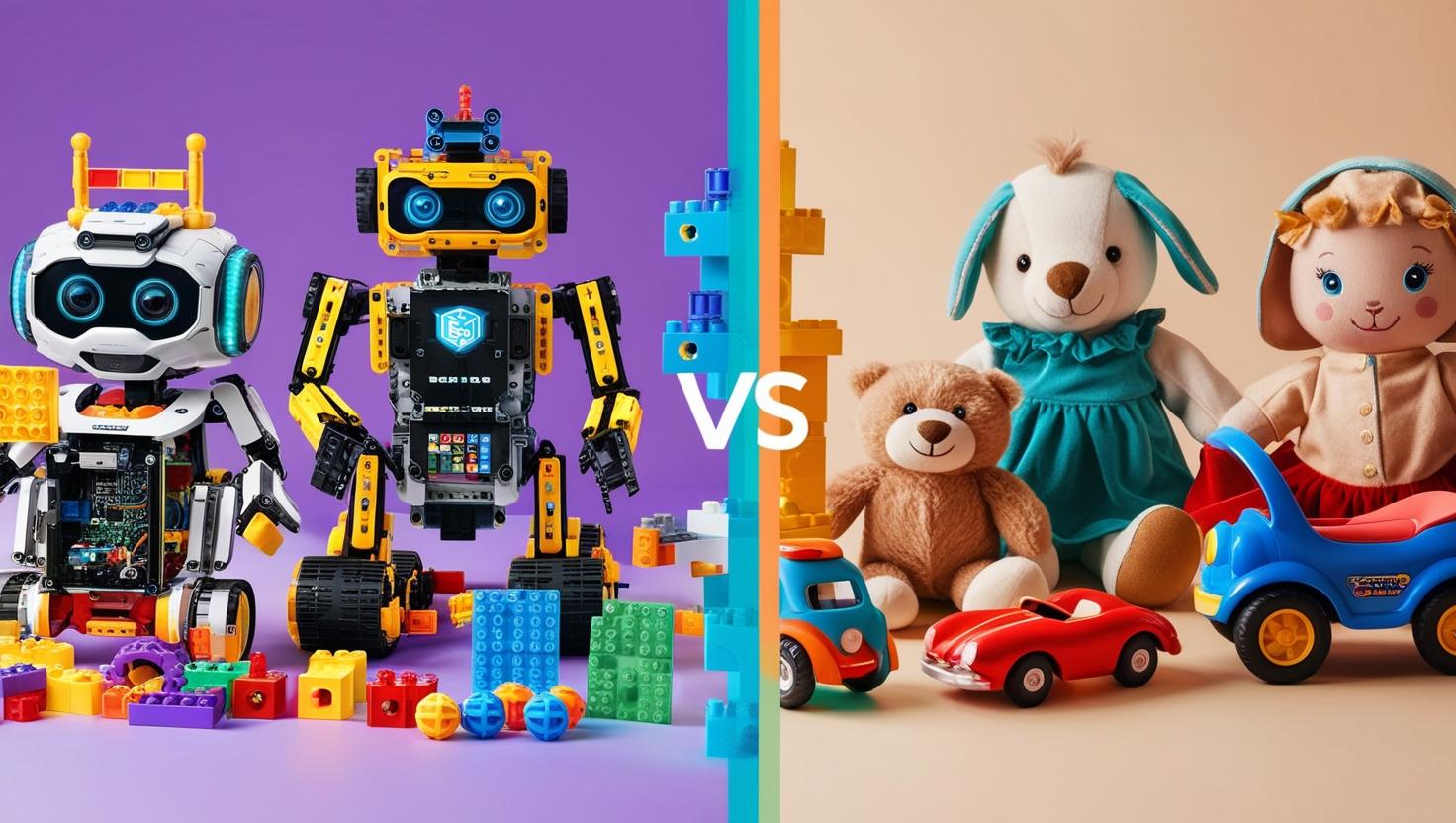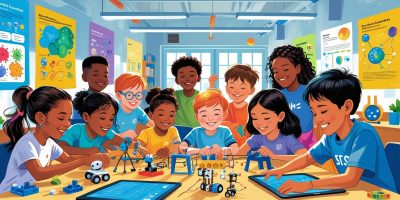Walk into any toy store and you’ll see a mix of options—from plush dolls and plastic trucks to coding robots and build-your-own science kits. But as a parent, you might ask:
Are STEM toys actually better than traditional toys?
The answer isn’t a simple yes or no. Each type has its place in a child’s development. But STEM toys offer some specific, powerful benefits that traditional toys often don’t. Let’s break it down.
What Are Traditional Toys?
These include toys like:
- Dolls & action figures
- Board games
- Stuffed animals
- Toy cars and trains
- Simple building blocks
Benefits:
- Encourage imagination and pretend play
- Build social and emotional skills
- Provide comfort and familiarity
What Are STEM Toys?
STEM toys are designed to teach science, technology, engineering, and math concepts through hands-on learning. Examples include:
- Coding robots
- Circuit kits
- Microscope sets
- Magnetic building tiles
- Chemistry kits
Benefits:
- Promote problem-solving
- Foster creativity in real-world ways
- Encourage persistence and experimentation
- Prepare kids for future tech careers
Key Differences
| Feature | Traditional Toys | STEM Toys |
|---|---|---|
| Learning Focus | Mostly imaginative | Skills-based + imaginative |
| Real-world Application | Limited | High |
| Skill Development | Emotional, social | Critical thinking, logic |
| Age Range Flexibility | Very wide | Typically 3+ and up |
Which One Should You Choose?
You don’t have to pick one over the other. In fact, a balance is best. Traditional toys help develop emotional intelligence and creativity, while STEM toys build intellectual skills and curiosity about how things work.
Example Combo:
Pair LEGO bricks (traditional) with LEGO Education kits (STEM) to get the best of both worlds!
Final Thoughts:
STEM toys aren’t necessarily “better” than traditional toys—they’re simply better at certain things. They’re tools for building real-world skills and sparking curiosity about science, engineering, and problem-solving.
Traditional toys still have an essential role in growing a well-rounded, imaginative child. But if you want toys that teach and entertain, STEM is the way to go.





